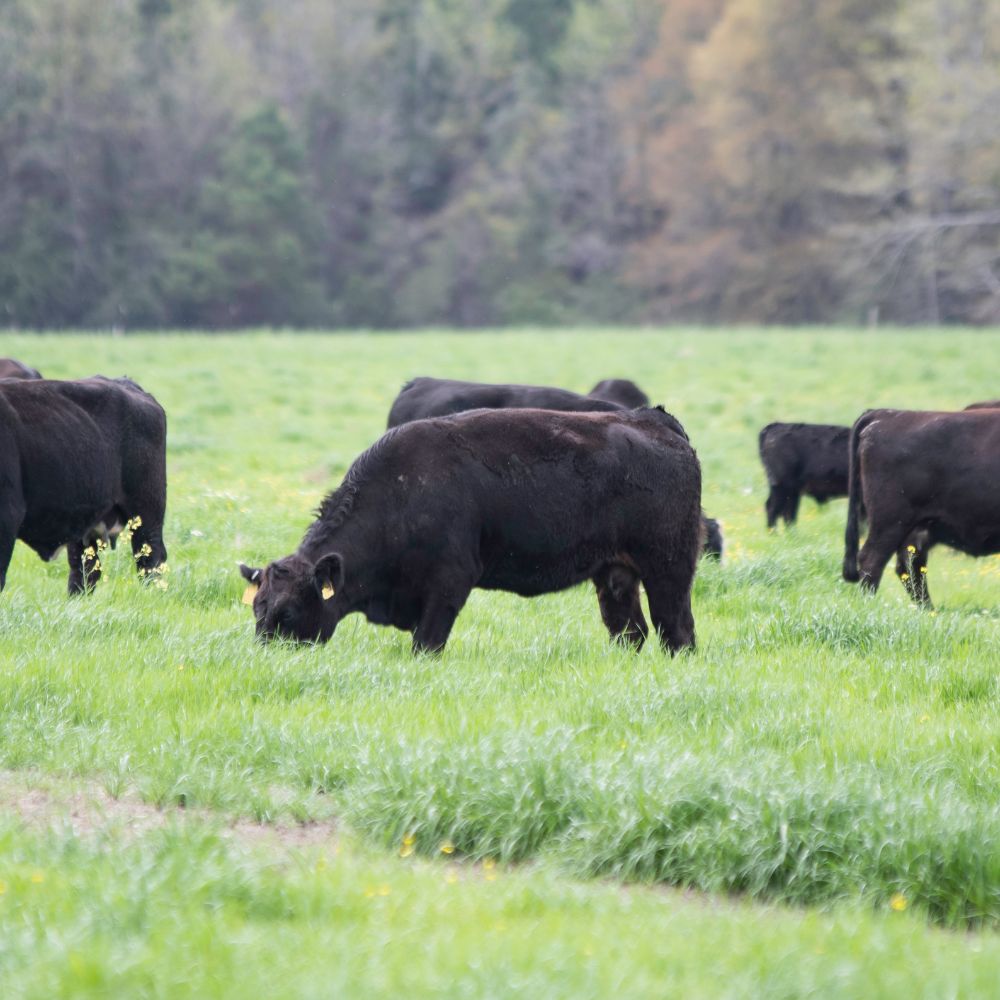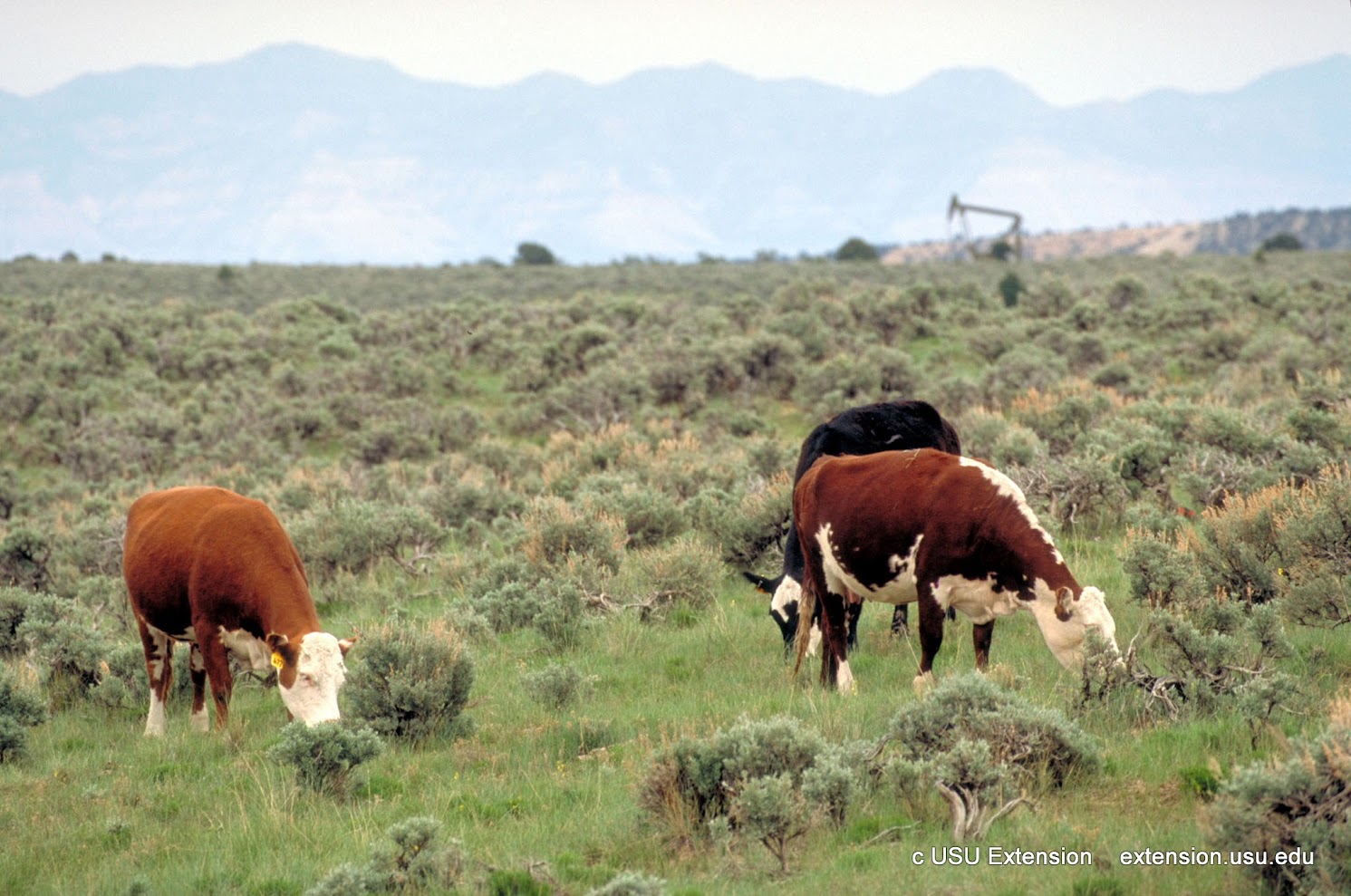Secret Aspects to Think About When Picking Animals Threat Defense (LRP) Insurance Coverage
When examining choices for Livestock Danger Defense (LRP) insurance coverage, several essential elements require careful consideration to ensure reliable danger administration in the farming field. Picking the appropriate coverage choices tailored to your specific animals procedure is extremely important, as is understanding exactly how superior prices associate with the level of defense offered.
Protection Options
When considering Animals Threat Defense (LRP) insurance, it is necessary to comprehend the numerous insurance coverage options available to alleviate threats in the agricultural field. Animals Danger Security (LRP) insurance coverage offers various coverage alternatives tailored to fulfill the varied demands of animals producers.
Another important coverage option is the endorsement period, which figures out the size of time the coverage holds. Manufacturers can pick the endorsement period that finest suits their production cycle and market problems. In addition, protection degrees and rates vary based upon the sort of livestock being guaranteed, offering manufacturers the versatility to tailor their insurance intends according to their certain requirements.
Understanding the different insurance coverage options offered under Animals Threat Protection (LRP) insurance policy is critical for producers to make informed decisions that properly protect their livestock procedures from market uncertainties.
Premium Costs

Animals Danger Security (LRP) insurance policy gives vital insurance coverage choices tailored to mitigate risks in the agricultural sector, with a significant facet to think about being the estimation and framework of premium expenses. These consist of the type and number of animals being guaranteed, the insurance coverage level picked, the current market costs, historic rate information, and the size of the insurance coverage duration.
Insurance companies examine historic data on livestock costs and production prices to identify an appropriate premium that reflects the degree of danger entailed. It is important for livestock producers to carefully assess premium prices and protection alternatives to guarantee they are adequately secured versus prospective monetary losses due to damaging market conditions or unexpected events.
Eligible Animals
The decision of qualified animals for Animals Threat Protection (LRP) insurance coverage entails mindful factor to consider of specific requirements and qualities. Livestock kinds that are commonly eligible for LRP insurance include feeder livestock, fed livestock, swine, and lambs. These pets should meet specific certifications associated with weight varieties, age, and planned usage. Additionally, the eligibility of animals may differ based on the details insurance supplier and the regards to the plan.
Feeder livestock, for instance, are commonly qualified for LRP coverage if they drop within specified weight ranges. Fed cattle may also be qualified, however they have to fulfill certain weight and high quality grade needs. Swine eligible for coverage usually include market weight animals planned for slaughter. Lambs are an additional group of livestock that can be thought about for LRP insurance, with elements such as weight and age playing a crucial duty in establishing their eligibility.
Before choosing LRP insurance coverage for animals, producers must meticulously examine the eligibility criteria laid out by the insurance policy supplier to guarantee their pets satisfy the required demands for protection.
Policy Versatility
Plan versatility in Animals Risk Protection (LRP) insurance policy enables producers to customize protection to suit their details demands and run the risk of management approaches. This adaptability equips animals producers to tailor their insurance coverage based upon aspects such as the kind of livestock they possess, market conditions, and private risk resistance levels. One essential aspect of policy adaptability in LRP insurance policy is the ability to select coverage levels that line up with the manufacturer's financial objectives and run the risk of direct exposure. Producers can select insurance coverage levels that safeguard them versus prospective losses as a result of fluctuations in animals prices, guaranteeing they are sufficiently insured without overpaying for unnecessary coverage. Furthermore, LRP insurance policy uses versatility in policy period, permitting manufacturers to select insurance coverage periods that ideal fit their production cycles and advertising and marketing timelines. By supplying adjustable choices, LRP insurance enables producers to efficiently handle their threat exposure while guarding their livestock operations versus see here now unpredicted market volatility.
Insurance Claims Refine
Upon experiencing a loss or damages, manufacturers can launch the insurance claims procedure for their Livestock Danger Security (LRP) insurance policy by promptly contacting their insurance policy company. It is vital for manufacturers to report the loss as quickly as feasible to speed up the insurance claims procedure. When connecting to the insurance policy service provider, producers will require to offer detailed information concerning the occurrence, consisting of the date, nature of the loss, and any type of pertinent paperwork such as veterinary records or market value.

After the analysis is total, the insurance policy supplier will decide pertaining to the case and connect the end result to the producer. If the insurance claim is authorized, the manufacturer will receive compensation according to the regards to their Livestock Threat Protection (LRP) insurance plan. Bagley Risk Management. It is essential for producers to be aware of the cases procedure to make sure a smooth experience in case of a loss

Conclusion
Finally, when choosing Livestock Threat Protection (LRP) insurance coverage, it is important to think about protection options, premium directory expenses, qualified livestock, policy versatility, and the cases procedure. These crucial elements will aid ensure that farmers and ranchers are properly protected against possible risks and losses associated with their livestock operations. Making a notified choice based on these factors to consider can eventually cause much better economic safety and security and satisfaction for animals manufacturers.
Animals Threat Defense (LRP) insurance policy uses different insurance coverage choices customized to satisfy the diverse requirements of livestock producers.The resolution of eligible animals for Animals Threat Defense (LRP) insurance policy coverage includes cautious factor to consider of specific criteria and characteristics.Policy adaptability in Livestock Threat Defense (LRP) insurance allows producers to customize insurance coverage to suit their certain needs Recommended Reading and run the risk of management methods.Upon experiencing a loss or damages, producers can start the insurance claims process for their Animals Risk Security (LRP) insurance policy by quickly contacting their insurance coverage company.In final thought, when selecting Animals Danger Defense (LRP) insurance coverage, it is important to take into consideration insurance coverage choices, premium costs, qualified livestock, policy flexibility, and the cases process.
Comments on “Strategic Collaborations for Resilience: Bagley Risk Management”